Best Companion Plants For Choisya
Best Companion Plants for Choisya
Choisya ternata, also known as Mexican orange blossom, is a beautiful evergreen shrub that is loved for its fragrant white flowers. It is a versatile plant that can be grown in a variety of settings, from sun to partial shade. Choisya is also relatively easy to care for, making it a popular choice for gardeners of all skill levels.
One of the best things about Choisya is that it can be paired with a variety of other plants to create stunning garden combinations. When choosing companion plants for Choisya, there are a few things to keep in mind. First, consider the size and growth habit of the other plants. Choisya can grow up to 6 feet tall and wide, so you'll need to choose plants that will not outgrow it. Second, think about the color of the flowers. Choisya's white flowers can be complemented by a variety of colors, but some of the best choices include blue, purple, and yellow. Finally, consider the time of year when the plants bloom. Choisya blooms in spring and fall, so you'll want to choose plants that bloom at different times of the year to extend the flowering season in your garden.
Here are some of the best companion plants for Choisya:
- California lilac (Ceanothus): California lilac is a beautiful blue-flowering shrub that blooms in spring. It is a good choice for companion planting with Choisya because it has similar growing requirements.
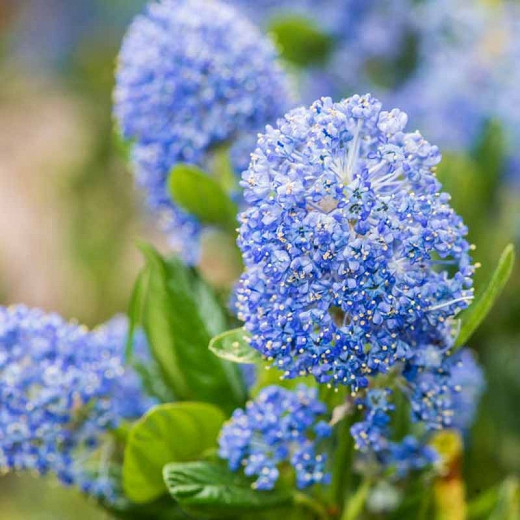
- Daylilies (Hemerocallis): Daylilies are a popular choice for gardens because they are easy to care for and come in a wide variety of colors. They bloom from spring to fall, so they are a good choice for companion planting with Choisya.

- Siberian iris (Iris sibirica): Siberian iris is a tall, herbaceous perennial that blooms in spring. It has blue, purple, or white flowers that are a good match for Choisya's white flowers.
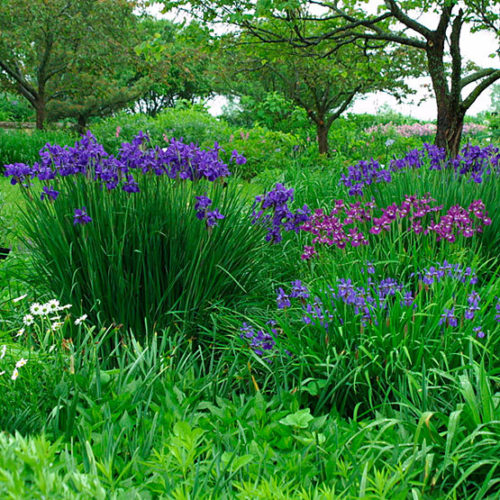
- Lavender (Lavandula): Lavender is a fragrant herb that blooms in summer. It is a good choice for companion planting with Choisya because it has similar growing requirements and its flowers complement Choisya's white flowers.

- Roses (Rosa): Roses are a classic choice for gardens, and they can be paired with Choisya to create a beautiful and fragrant combination. Roses come in a wide variety of colors, so you can choose the perfect ones to complement Choisya's white flowers.
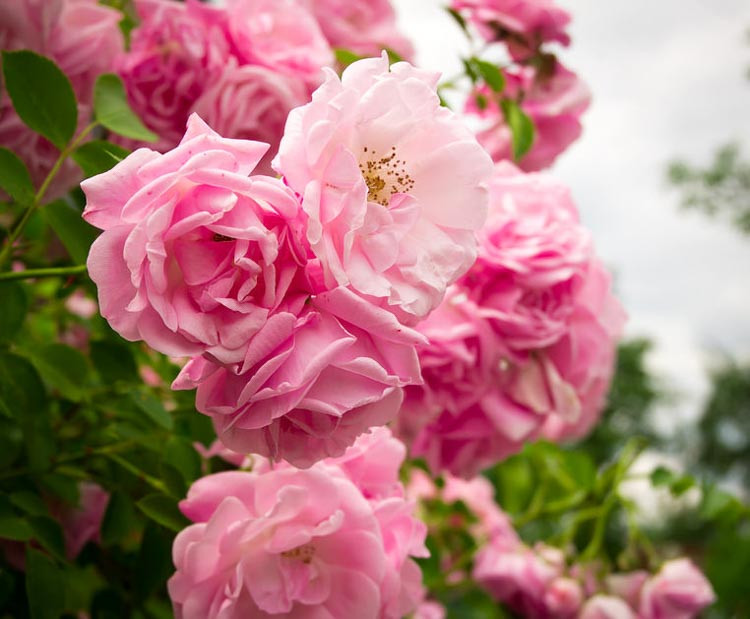
- Viburnum (Viburnum): Viburnum is a genus of shrubs and trees that includes a variety of species with beautiful flowers. Some good choices for companion planting with Choisya include Viburnum tinus (common lilac), Viburnum x bodnantense (snowball viburnum), and Viburnum opulus (fraser's viburnum).
- Hydrangea (Hydrangea): Hydrangeas are popular flowering shrubs that come in a variety of colors. Some good choices for companion planting with Choisya include Hydrangea macrophylla (bigleaf hydrangea), Hydrangea paniculata (panicle hydrangea), and Hydrangea arborescens (smooth hydrangea).

These are just a few of the many great companion plants for Choisya. With a little planning, you can create a beautiful and fragrant garden that features Choisya as the star of the show.
Choisya ternata, also known as Mexican orange blossom, is a beautiful evergreen shrub that is known for its fragrant white flowers. It is a versatile plant that can be used in a variety of settings, including borders, hedges, and foundation plantings.
When choosing companion plants for choisya, it is important to consider the plant's light and soil requirements. Choisya prefers full sun to partial shade and well-drained soil. It is also a relatively drought-tolerant plant.
Some good companion plants for choisya include:
- Ceanothus: Ceanothus is a California native shrub that is also known for its fragrant flowers. It is a good choice for choisya because it has similar light and soil requirements.
- Hemerocallis: Hemerocallis, or daylilies, are a popular choice for perennial borders. They come in a variety of colors, so you can find one that complements the white flowers of choisya.
- Iris sibirica: Siberian irises are another good choice for choisya companion plants. They have attractive foliage and flowers that bloom in the spring.
If you are looking for more information about choisya companion plants, I recommend visiting the Gardenia Inspiration. This website has a comprehensive list of companion plants for choisya, as well as other information about the plant, such as its care requirements.
FAQ of choisya companion plants
Question 1: What are some good companion plants for choisya?
Answer: Choisya is a versatile shrub that can be paired with a variety of other plants. Some good companion plants for choisya include:
- Lavender: Lavender is a fragrant herb that blooms in the summer. It is a good companion plant for choisya because it has similar growing conditions. Lavender also helps to deter pests, which can be a problem for choisya.

- Coneflower: Coneflower is a tall, daisy-like flower that blooms in the summer. It is a good companion plant for choisya because it attracts pollinators, which help to fertilize the choisya plants.
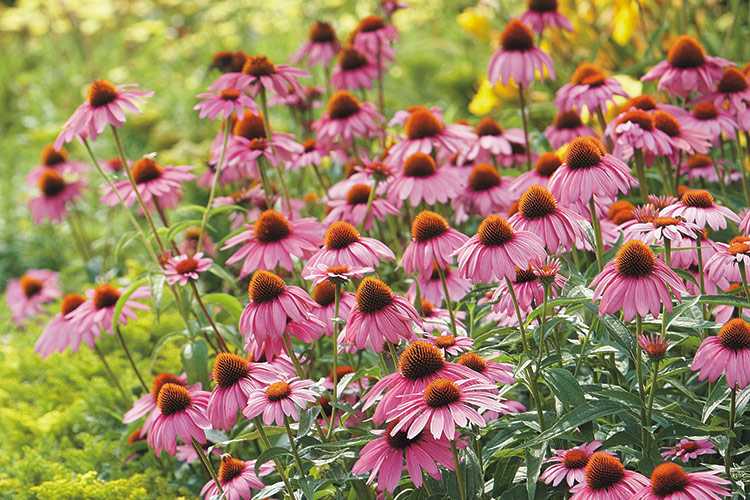
- Salvia: Salvia is a genus of flowering plants that includes many different species. Some popular salvias for companion planting with choisya include scarlet sage, pineapple sage, and blue salvia. Salvias are all drought-tolerant and attract pollinators, making them good companions for choisya.
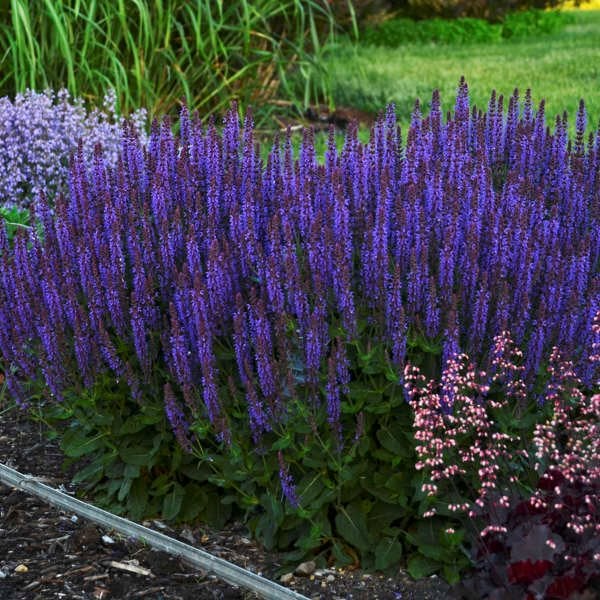
- Yarrow: Yarrow is a hardy perennial that blooms in the summer. It is a good companion plant for choisya because it helps to deter pests and diseases. Yarrow also has medicinal properties, which can be beneficial for humans and animals.

- Mexican Heather: Mexican Heather is a low-growing shrub that blooms in the spring and summer. It is a good companion plant for choisya because it has similar growing conditions and blooms at the same time. Mexican Heather also helps to attract pollinators, which can help to fertilize the choisya plants.
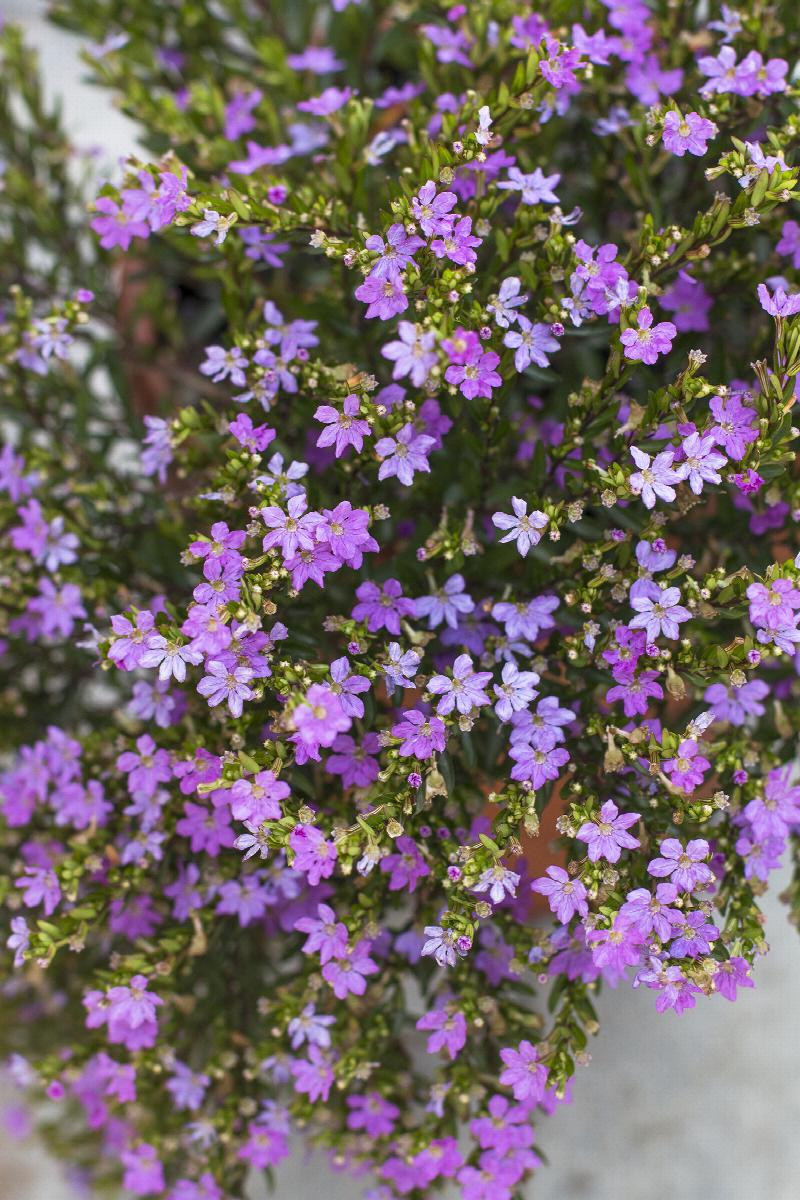
Question 2: What are the benefits of companion planting with choisya?
Answer: There are several benefits to companion planting with choisya. These include:
- Attracting pollinators: Companion plants can attract pollinators, such as bees and butterflies, which help to fertilize the choisya plants. This can lead to increased flowering and fruit production.
- Decreasing the risk of pests and diseases: Companion plants can help to deter pests and diseases, which can be a problem for choisya. For example, lavender helps to deter pests such as aphids and spider mites.
- Improving the soil: Companion plants can help to improve the soil by adding nutrients and organic matter. This can benefit the choisya plants and make them more resistant to pests and diseases.
- Creating a more attractive landscape: Companion plants can be used to create a more attractive landscape. For example, you could plant choisya with lavender and coneflower to create a colorful and fragrant border.
Question 3: How far apart should choisya companion plants be planted?
Answer: The spacing between choisya companion plants will vary depending on the size of the plants. However, as a general rule, you should plant companion plants about 2-3 feet apart. This will give the plants enough room to grow and spread.
Question 4: When should choisya companion plants be planted?
Answer: Choisya companion plants can be planted in the spring or fall. However, it is best to plant them in the spring if you live in a cold climate. This will give the plants time to establish themselves before the winter.
Question 5: How do I care for choisya companion plants?
Answer: Choisya companion plants are relatively easy to care for. They need full sun or partial shade and well-drained soil. They should be watered regularly, especially during hot, dry weather. Choisya companion plants do not need to be fertilized often. A light application of fertilizer in the spring will help to keep them healthy.
Image of choisya companion plants
- Hydrangea: Hydrangeas are a classic companion plant for choisya. They bloom at the same time, and their flowers complement each other's colors.
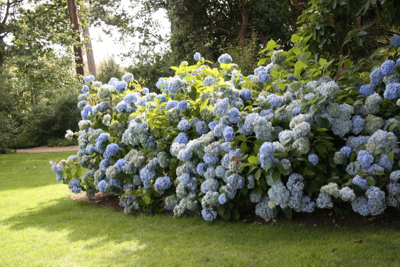
- Lavender: Lavender is another popular companion plant for choisya. It has a similar fragrance, and it can help to deter pests.

- Rosemary: Rosemary is a drought-tolerant plant that can grow well in the same conditions as choisya. It also has a strong fragrance that can help to deter pests.
- Clematis: Clematis is a flowering vine that can be trained to climb over choisya. It blooms in a variety of colors, so you can choose one that complements the choisya's flowers.
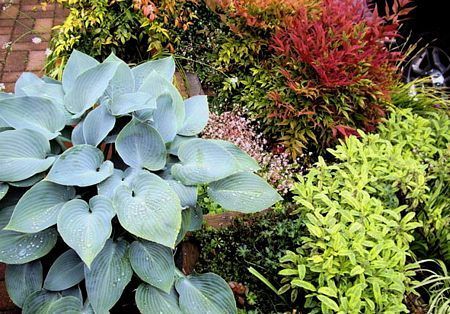
- Salvia: Salvia is a flowering plant that blooms in a variety of colors. It is a good choice for companion planting with choisya because it attracts pollinators.
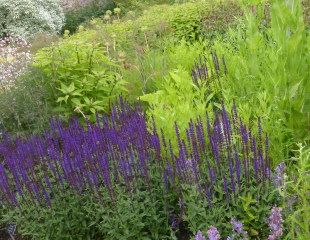
Post a Comment for " Best Companion Plants For Choisya"